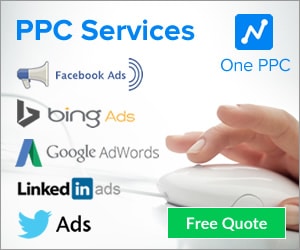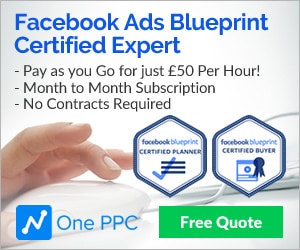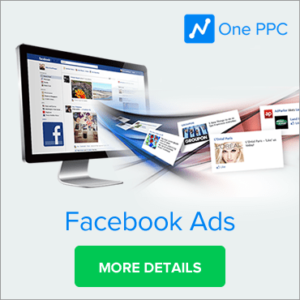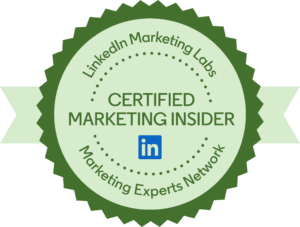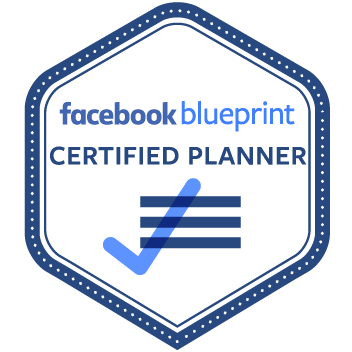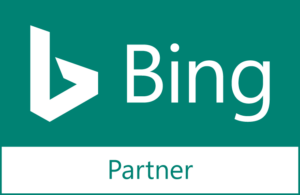When you are looking to get your business out there, LinkedIn is undoubtedly a treasure trove of leads for the B2B market (business to business). There are more than 500 million professionals using LinkedIn. And while we can be over eager with our marketing campaigns, and attempt to target all forms of social media, LinkedIn can be fantastic if you are a B2B company. After all, 80% of B2B social media leads are generated through LinkedIn. And as an ad platform, you can still leverage the right audience for your business purely via LinkedIn. This is all dependent on your target market, the industries that they work in, their skill level, and so on. But it is also dependent on the type of ad format that you can use to your advantage.
Campaign Objectives Influence Ad Formats
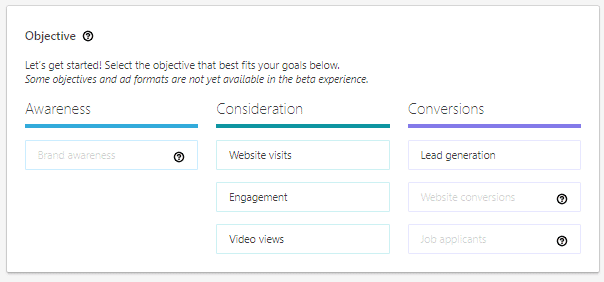
The campaign objective that is selected in the first step of the campaign creation process determines which ad formats are available to use. There are currently 8 main formats that you can use. Some campaign objectives are still greyed out and not available, so more ad formats
Lead Generation Objective

Website Traffic Objective - (Clicks)
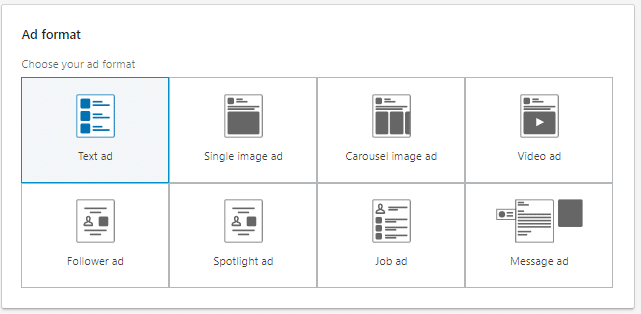
Ad Formats for LinkedIn Ads
The available ad formats vary based on the campaign objective which is chosen. First you select a campaign objective, and then as the next step you select from the available ad formats in the selected campaign objective type. The website traffic objective currently has the most ad formats to select from.
Text Ads
Text Ads show in the right column, or at the top of the page.
Single Image Ad Format
Create ads using a single image that will show up in the newsfeed.
Carousel Image Ad Format
Create ads using a 2-10 image that will show up in the newsfeed.
Video Ad Format
Create Ads using a video that will show up in the newsfeed.
Message Ad Format
Create ads designed to show in LinkedIn Messaging Inbox
Follower Ad Format
Create Ads that are personalised using profile data and will promote a company page on LinkedIn.
SpotLight Ad
Create Ads that are personalised using profile data and will promote an offering on Desktop.
Jobs Ad Format
Create Ads that are personalised using profile data and will promote jobs on Desktop.
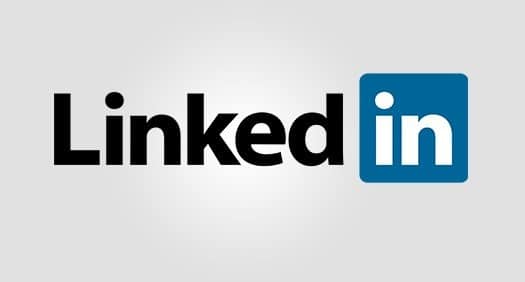
Text Ads
Similar in format to standard Google or Bing search ads, you are providing your services in the simplest way. The significant benefits of using Text Ads are that you are able to create numerous variations of the same ad per campaign. Having the opportunity to experiment with the best images and copy for your brand is beneficial. You can test the best-performing ones and then run those accordingly. Take note that Text Ads only run on desktop computers. If you’re looking to engage people via their smartphones, this is not the way to do it. In terms of cost, you can use the cost per click (CPC) or a cost per thousand impressions (CPM) model. In many ways, it’s a no-frills approach to advertising. If you are looking to set up an ad campaign with little fuss and need to make various alterations to the campaign as you go, Text Ads are the perfect format.
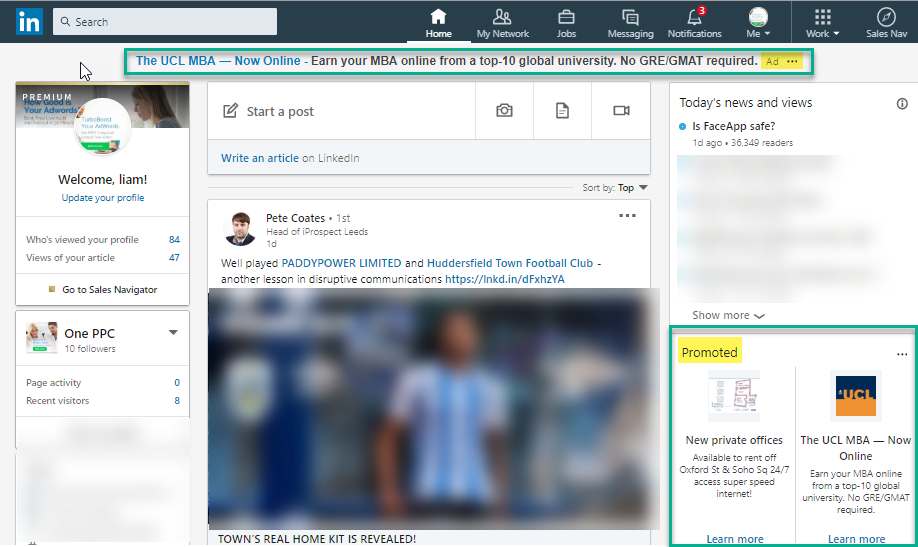
Sponsored InMail
By having direct access to a person’s inbox, you can deliver personalised messages right to them. Sponsored InMail messages are purchased on a cost per send basis. Sponsored InMail has more of an advantage for any budding business. While regular InMail allows you to connect to subscribers, you can be somewhat limited in your opportunities. For example, you are not able to send bulk messages using regular InMail. Sponsored InMail allows you to deliver content and ensure that it has reached their inbox. As a targeted advertising method, because it sends the message to the recipient’s inbox when they are online, this ensures sufficient receipt of the ad. You are able to personalise the content, as well as integrate a custom greeting, a body text, and add a link and call to action button. It’s an incredibly personalised approach to marketing. Because you were sending a direct message to someone in your target audience, this can provide wonders for your lead generation. And as it’s a 100% deliverable, this means that the recipient won’t have a cluttered inbox at the time, ensuring your message hits the top of the pile. To learn more, check out our article – A Guide to LinkedIn Sponsored inMail Ads.
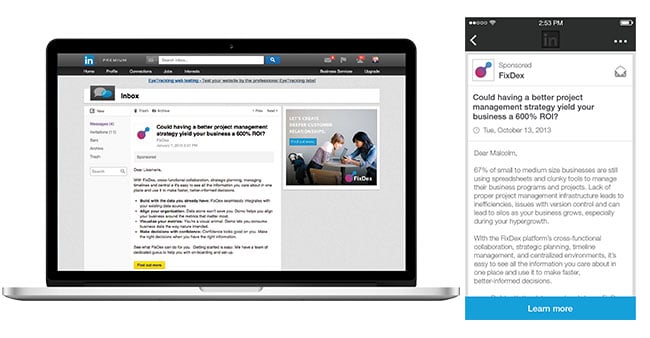
Sponsored Content Ads
Sponsored Content gives you the opportunity to promote an item of content that you have on your LinkedIn company page. As these ads tend to lead to more engagement because they are placed directly in a user’s newsfeed, you can use more enticing imagery to get people to click on your landing page. If you have a specific type of content that’s looking to drive traffic to an external source, like a website, Sponsored Content is an effective method. It’s best to use Sponsored Content when you are raising awareness of specific company events or initiatives. If you’re looking to increase more engagements with specific prospects or improve the number of followers, Sponsored Content can be one of the best generators. To learn more, check out our article – A Guide to LinkedIn Sponsored Content Ads.
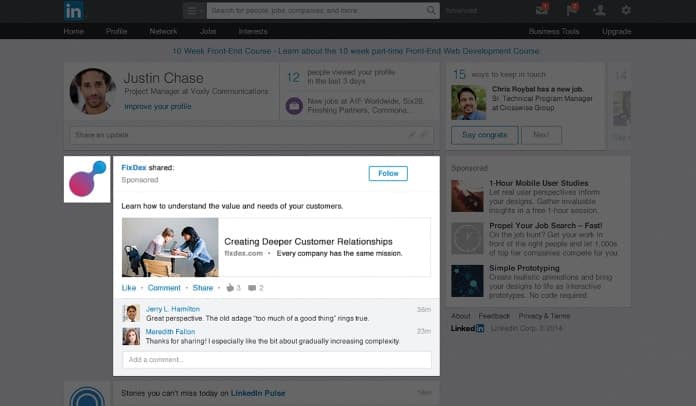
Direct Sponsored Content Ads
The main difference between Sponsored Content and Direct Sponsored Content is that while Sponsored Content is created and sponsored by the admins of the page in question, the Direct Sponsored Content is created by others, but sponsored by the business. It doesn’t appear on the LinkedIn page of your business. This gives you a better opportunity to make alterations to your content for a specific target audience without adding too much to your LinkedIn page. The content tends to be created by an advertiser in the Campaign Manager tool. Once the content has been created, it can be sponsored by the advertiser. And this is where it’s similar to Sponsored Content. It can be provided either on a cost per click (CPC) basis or a cost per thousand (CPM) basis. The benefit of Direct Sponsored Content allows you to whittle your process down to something simpler. Direct Sponsored Content can be more authentic in nature. But as it doesn’t go to the company’s page on LinkedIn, this doesn’t appear in your follower’s feeds. Direct Sponsored Content works better when targeting others that are already followers. As such you could convert non-followers.
Dynamic Ads
Going one step further than personalised ads, Dynamic Ads are tailored to each individual LinkedIn member according to their profile data. Information like their company name, job title, or even profile photo, results in a very personalised campaign for each individual. It runs on the right-hand side of the screen. As an interactive advert model, it works wonderfully. As it’s a very engaging way of driving traffic to a webpage, this is definitely worth leveraging. If you’re looking for people to follow your LinkedIn company page, you should use this format. In addition to this, members can send you their name and address in the Dynamic Ad. If somebody submits information through the ad units, the contents you’ve created will start to download to their desktop. As a way to interact with your target audience, without feeling like you’re competing for ad space, Dynamic Ads will serve you very well because LinkedIn only allows two visual advertisements on a page at any given time. This gives you direct access to a person’s page, not to mention their attention!
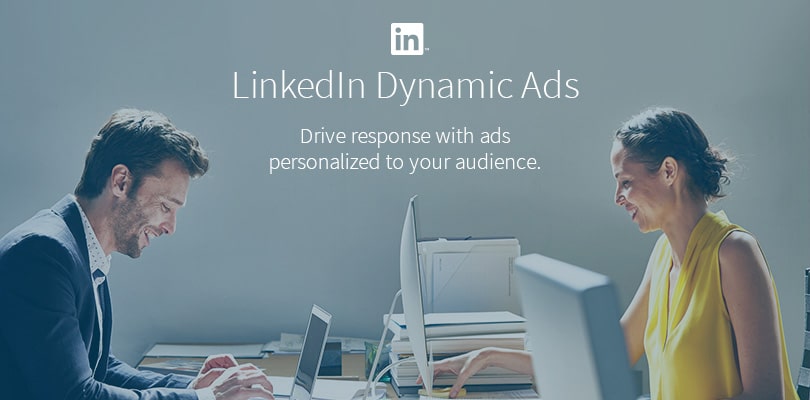
Ad "Extensions" - Lead Gen Forms
A somewhat classic approach to making a sale. If a customer is interested in your products, you can collect a pre-filled Lead Gen Form. The Lead Gen Form looks similar to Sponsored Content when you look at them on the news feed. But don’t underestimate this; lead generation is still one of the most important methods to gather information about users! One of the main benefits of using a Lead Gen Form is that a user does not have to go out of their way to fill out a form on your website. They can use LinkedIn to fill out a form and carry on going about their business. You can personalise it to a certain extent and can create up to three custom fields. You like to think that filling out a Lead Gen Form is a long and arduous process for the customer, but the form is pre-filled with LinkedIn profile data. When somebody clicks on the call to action button located on the LinkedIn ad, the Lead Gen Form is automatically filled. This provides the contact information as well as profile details, and the client can submit the information directly. To learn more, check out our article – Lead Gen Forms for LinkedIn Ads.
Summary
There are numerous LinkedIn ad types, but these six are pivotal to any advertising campaign. As a way to encourage a high calibre of client, LinkedIn provides a formidable entry point. But if you are to generate leads, increase traffic, and gain more custom, you had better use the right type! As a way to gain insight into an audience, LinkedIn, and its many ad types, are invaluable.

